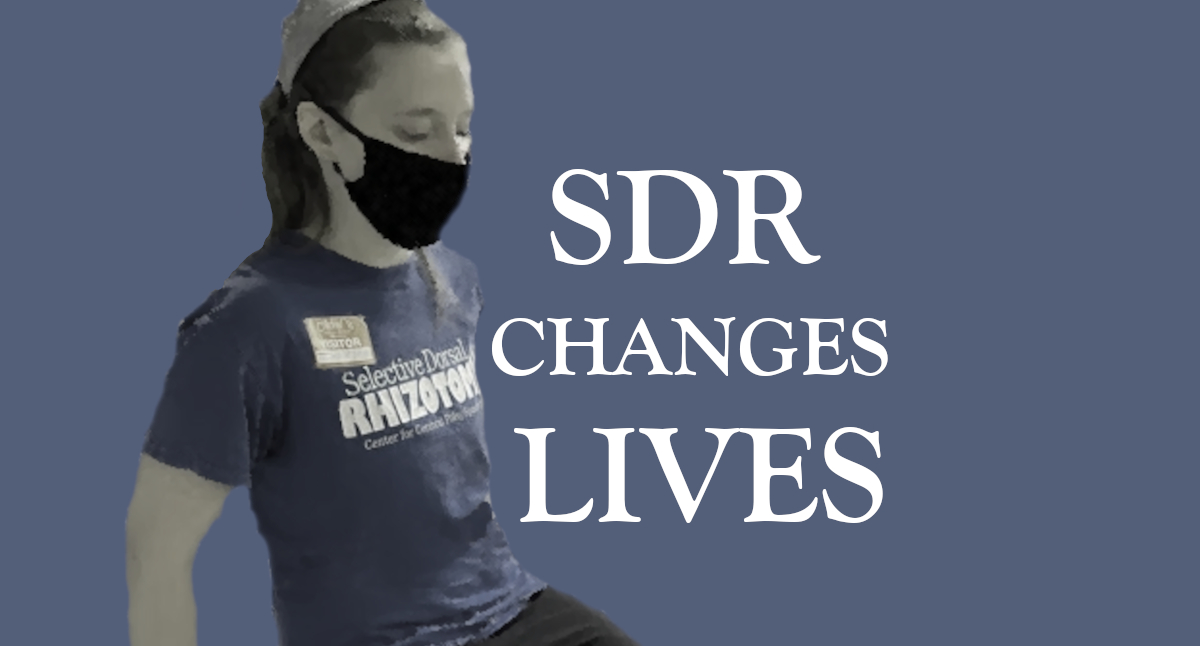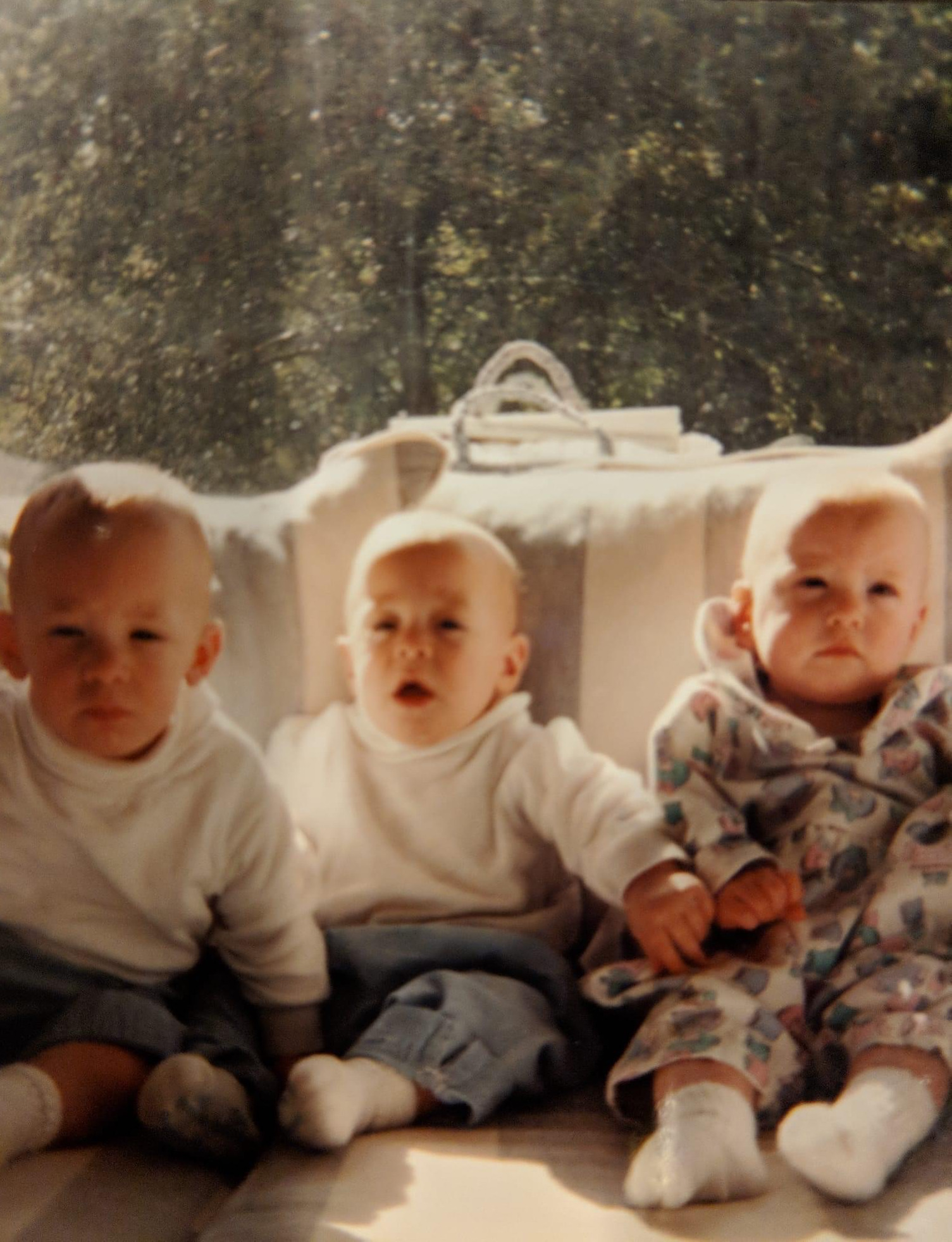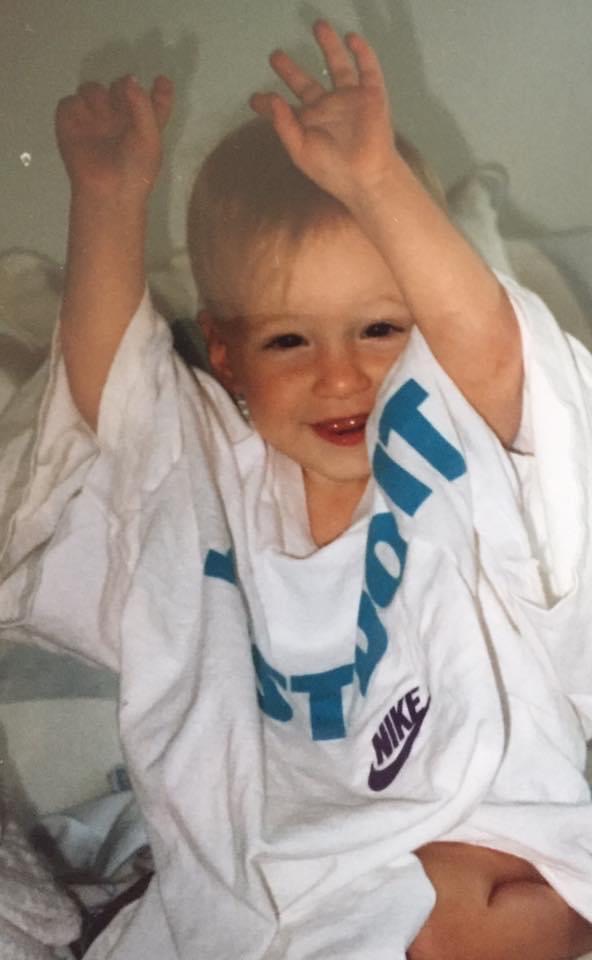the story behind this site
Shortly after I was diagnosed with cerebral palsy (CP), my amazing mother sent away for a stack of research studies about available treatments. Some of the studies that landed in her lap were about selective dorsal rhizotomy (SDR)—but the authors presented this procedure as a highly invasive surgery.
Years later, as a neuroscience major in college, I stumbled across SDR during a late-night research stint. I learned everything I could about it, scouring social media sites, news articles, and scientific publications. Then, shortly after college graduation, I sat in my orthopedic surgeon’s office as he told me he couldn’t guarantee that I’d be able to maintain my independent walking into my thirties.
So often, CP is classified as a non-progressive condition, meaning that it doesn’t “get worse” over time. At best, this is a half-truth. The brain injury itself doesn’t progress, but the effects of constant muscle tightness build up over the years, causing many people to lose abilities as they age.
My surgeon recommended either Botox injections or invasive orthopedic surgery. I didn’t like either option, so I took matters into my own hands. I showed my mother the information I had gathered and told her I wanted to pursue SDR instead.
It had been 20 years since she had come across those studies about SDR. But this time, she had videos, research, and patient stories to guide her. This time, she said yes.
That yes was one of the most beautiful gifts I have ever been given.
And that yes is the reason this site is here. As noted at the bottom of this site, it isn’t affiliated with the St. Louis hospitals or any other institution mentioned on here, and it’s not a substitute for medical advice. I’m not a doctor—I’m just a grateful patient, and my mission is to inform other families about SDR. This is my way of paying it forward to a community that completely transformed my life.
Thank you to Isabelle Dodeman-Lawless for her thorough feedback as I developed this site, to Amy Weston-Reed for her incredible contributions to the Things to Do page, to Debby Pelletier for her vibration plate wisdom, and to all of the other amazing people who contributed their stories, insights, and encouragement!
PLEASE NOTE: Everyone’s SDR experience is different; you’ll notice that throughout this site, I write of my individual experiences. Others’ experiences and perspectives may not mirror mine, and while I have also tried to acknowledge experiences besides my own, it is impossible to capture the full range of SDR experiences. This site is meant as a starting point and (hopefully) helpful resource for anyone who would like to know more about SDR, PERCS, and the rehab process. It’s not the end-all-be-all, and it’s most definitely not a substitute for medical advice; I am not a doctor, just a patient trying to pay it forward the best I can. I encourage you to do your research. Seek out others in the SDR community and beyond. Ask questions. Talk with your care team, actively discover new research, and empower yourself by gathering information from as many reliable sources as you can.



